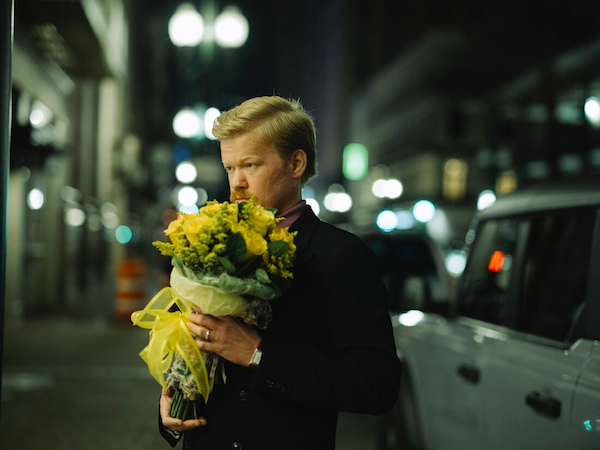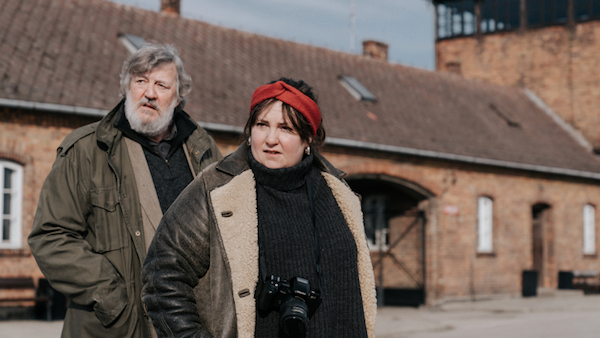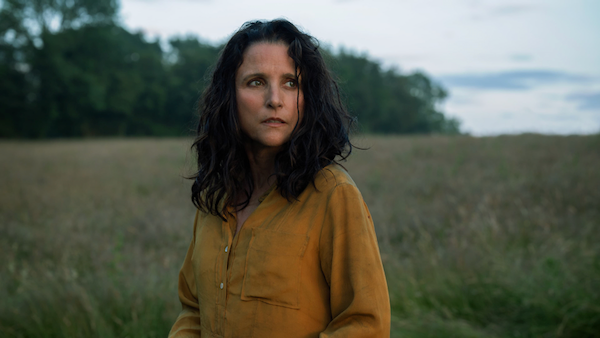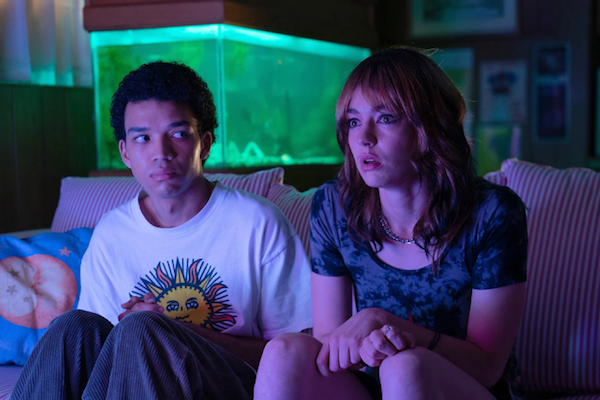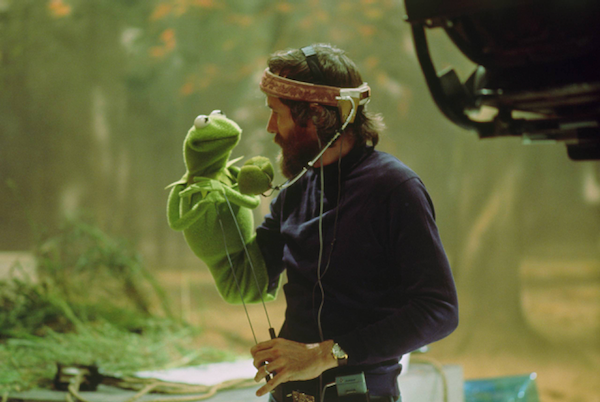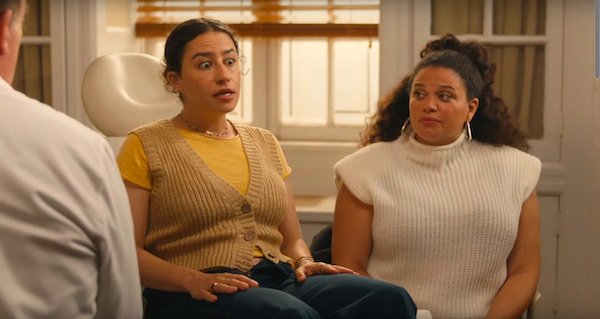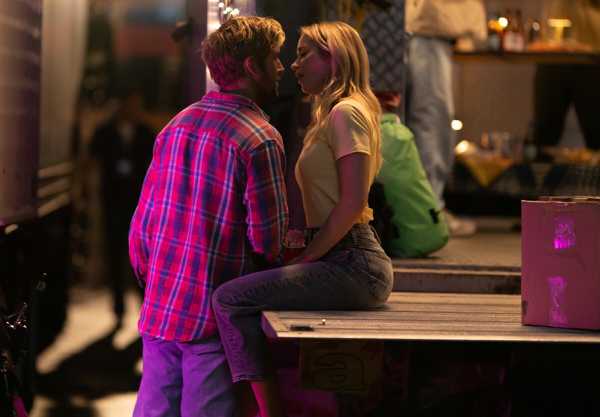Movie review by Greg Carlson
With the welcome participation of several actors who gave their giddy all in the more exuberant fantasia of “Poor Things,” the follow-up from Greek auteur Yorgos Lanthimos returns to the more measured melancholy and surrealist stylings of “The Killing of a Sacred Deer,” “The Lobster,” and “Dogtooth.” “Kinds of Kindness” is an anthology of three dark and woeful tales in which the central cast members play new roles each time the board is reset. Lanthimos favorite (or should that be favourite?) Emma Stone and Lanthiverse newcomer Jesse Plemons lead the way, supported by Margaret Qualley, Hong Chau, Mamoudou Athie, Joe Alwyn, and the indispensable Willem Dafoe.
Writing with longtime collaborator Efthimis Filippou, Lanthimos links the chapters of the triptych to a mysterious figure identified as R.M.F. (Yorgos Stefanakos). Each segment also uses his name in the title: “The Death of R.M.F.,” “R.M.F. Is Flying,” and “R.M.F. Eats a Sandwich.” This enigmatic presence is a cipher in the truest sense. From homicide victim to helicopter pilot to the miraculously resurrected, R.M.F. – ketchup spills and all – invites many more questions than he provides answers as a logical zero, an empty void. The Lanthimos faithful will not be at all troubled by the question marks.
In the opening story, Plemons inhabits the masochist Robert Fletcher, who lives to serve his controlling employer Raymond (Dafoe) in every tiny detail of life. Robert’s failure to carry out a gruesome task leads to a pitiful spiral and then what might charitably be called the very worst kind of redemption. The mannered dialogue delivery and the pauses that hang, impossibly expectant for sound judgments that never materialize, feel precision-engineered to fluster the typical moviegoer, who will be stressed to last the running time of two hours and forty-five minutes.
But for those who can tune their dials to the weird frequency on which Lanthimos broadcasts, the humor and the wonder burst through the clouds of gore and violence and cannibalism and sex tapes and pain with technicolor rainbows. The filmmaker finds all sorts of unexpected places to hide these confections in plain view. For my money, the brief visual realization of an Isle of Dogs ruled by compassionate canines could be a standalone feature; “I must admit, Dad, the dogs treated us pretty well,” says Stone’s Liz in “R.M.F. Is Flying.” It can be difficult to imagine a time when Lanthimos wasn’t intrigued by the ways in which human beings behave like absolute animals.
As someone who embraces the uncanny, Lanthimos has fashioned his very own place among contemporary moviemakers. Able to attract A-list talent to weird terrain far from mainstream safety, the filmmaker owes something to Bunuel and Dreyer and Bergman and Lynch. Watching “Kinds of Kindness,” my friend Trina Moore recounted the time she unwittingly rented “Blue Velvet” to screen with her mother and father in the basement of their Max, North Dakota home during a college break. Trina says, “I realized I was very, very wrong about what sort of movie ‘Blue Velvet’ was and should NOT have watched it with my parents, ever. ‘Kinds of Kindness’ is, in a way, on that level.”
